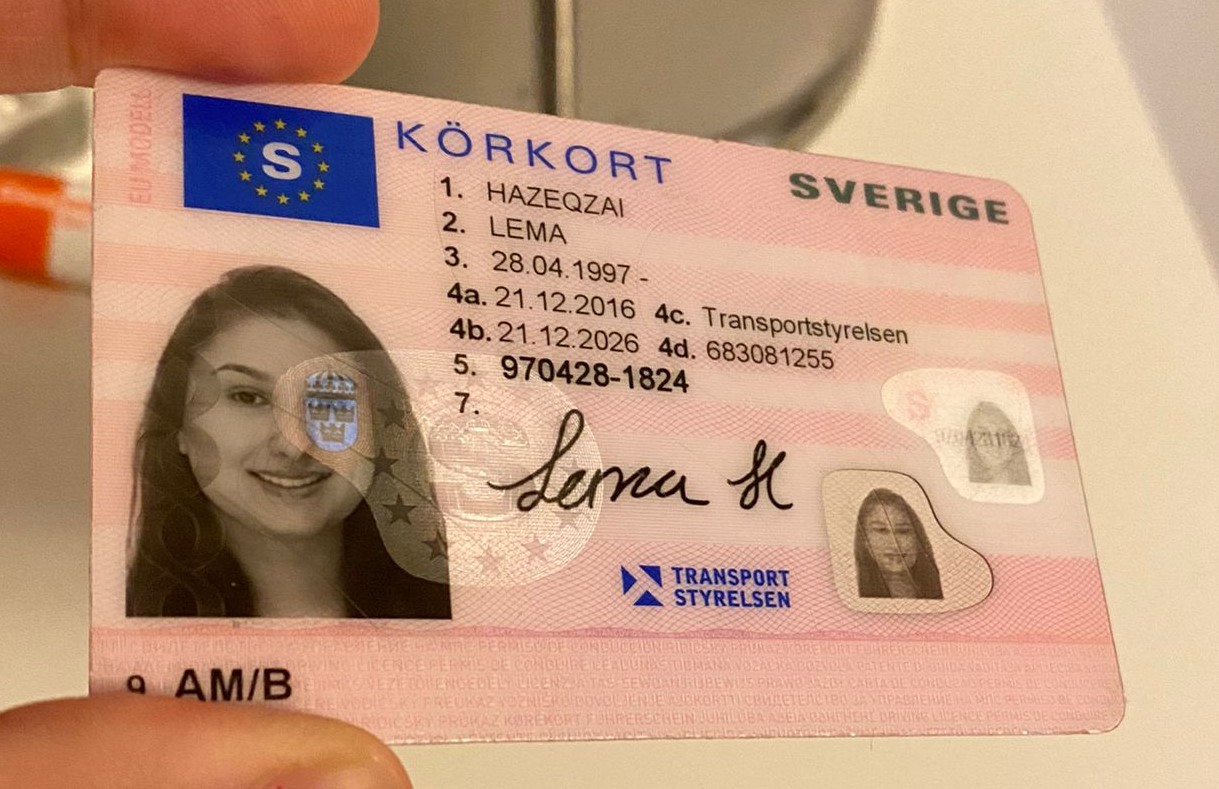
Köpa Körkort I Sverige
FollowOverview
-
Founded Date February 12, 1952
-
Sectors Outdoor Club
-
Posted Jobs 0
-
Viewed 1
Company Description
This Is The Driving License Id-Handling 2025 Case Study You’ll Never Forget
The Future of Driving Licenses: ID Handling in 2025
As innovation continues to progress at an unprecedented rate, numerous sectors are embracing innovations to improve user experience and efficiency. Among the areas experiencing significant change is identity management, especially concerning driving licenses. With the intro of digital licenses and advanced recognition approaches, the landscape of driving license ID handling is expected to undergo substantial modifications by 2025. This short article explores the expected developments in driving license ID handling, the implications for users, and answers regularly asked concerns about the future of driving licenses.

The Evolution of Driving Licenses
Driving licenses have actually typically acted as a method of identifying a person’s authority to operate a motor vehicle. They also serve several secondary functions, including age confirmation and identity confirmation for banking and travel. However, the physical card system has constraints, consisting of threats of counterfeiting, loss, and out-of-date details. As society gravely counts on efficient and protected recognition systems, the shift towards digital licenses is ending up being increasingly popular.
Present Trends in Driving License ID Handling
-
Digital Licenses: Many states are piloting digital driving licenses that enable users to store their qualifications on their smartphones. These digital licenses are developed with advanced security features, consisting of biometric information, and can be scanned or shared securely.
-
Blockchain Technology: Some jurisdictions are exploring blockchain to improve the security and authenticity of driving licenses. This technology ensures that details can not be tampered with which the information is easily proven.
-
Facial Recognition: Increasingly utilized in identification practices, facial acknowledgment technology can accelerate the process of confirming a person’s identity against their driving license. This innovation also assists lower scams and maintain the integrity of the licensing systems.
-
Multi-Functional Licenses: Future driving licenses may integrate extra features such as health records, travel paperwork, and even payment systems, offering a detailed identity service.
The Benefits of Digital Driving Licenses by 2025
The shift towards digital driving licenses provides a number of benefits, consisting of:
-
Convenience: Users can access their licenses anytime, which removes the requirement for physical cards. This is especially beneficial when people forget their license, as digital copies can be obtained rapidly.
-
Security: Advanced security measures can lower the risk of identity theft, scams, and unauthorized duplication. Digital licenses frequently consist of encryption and biometric confirmation.
-
Performance: Reduced wait times at government workplaces and throughout traffic stops, as law enforcement can validate digital licenses instantly.
Implications for Users
While the developments in driving license ID dealing with present various benefits, they also come with difficulties. Users need to adjust to brand-new technology and guarantee they understand the changes and their implications. Here are some factors to consider:
-
Privacy Concerns: With increased digital footprints, there will be increased concerns over data privacy and how biometric data is saved and used.
-
Availability Issues: Individuals without access to smart devices or digital innovations may deal with barriers to getting and utilizing digital licenses.
-
Regulative Compliance: With different jurisdictions adopting various systems and procedures, users need to know their regional laws concerning digital licenses and recognition.
Anticipated Changes in Driving License ID Handling by 2025
| Aspect | Current Status | Expected Change by 2025 |
|---|---|---|
| License Format | Physical cards | Predominantly digital licenses |
| Verification Process | Manual checks | Automated biometric verification |
| Security Measures | Basic holograms and features | Advanced file encryption and blockchain |
| Jurisdictional Differences | Fragmented procedures throughout states | More standardized national systems |
| User Interaction | In-person renewals and checks | Mobile applications for management |
FAQs
1. What is a digital driving license?A digital driving license is an electronic version of a conventional driving license that is stored on a mobile phone. It can be used for identification and confirmation in different circumstances, with boosted security features to prevent fraud.
2. How will digital licenses improve security?Digital licenses utilize encryption and biometric data, making them more difficult to forge or Körkorts Online abuse compared to traditional cards. In addition, blockchain innovation can ensure information authenticity and stability.
3. Will everyone be needed to change to a digital license?While lots of jurisdictions are moving toward digital licenses, policies might vary. Users are motivated to consult their local licensing authorities for particular standards.
4. What are the potential disadvantages of digital licenses?Some potential downsides include privacy concerns regarding information storage, accessibility problems for individuals without mobile phones or digital literacy, and the need for a robust regulative framework to manage security and user rights.
5. How can I get ready for the shift to digital licenses?Stay informed about local initiatives relating to digital licenses, explore available mobile applications for managing recognition, and cultivate digital literacy to browse brand-new technologies with confidence.
The future of driving licenses and ID handling is poised for significant development by 2025. As digital licenses end up being more prevalent, users will experience enhanced security, benefit, and efficiency. Nevertheless, along with the benefits come challenges that will require public awareness and adjustment. Stakeholders need to prioritize education, regulation, and ease of access to make sure a smooth transition that empowers people with the recognition tools of the future. As innovation advances, so too will the approaches through which society handles identity, especially vital in procedures as fundamental as running a motor automobile.